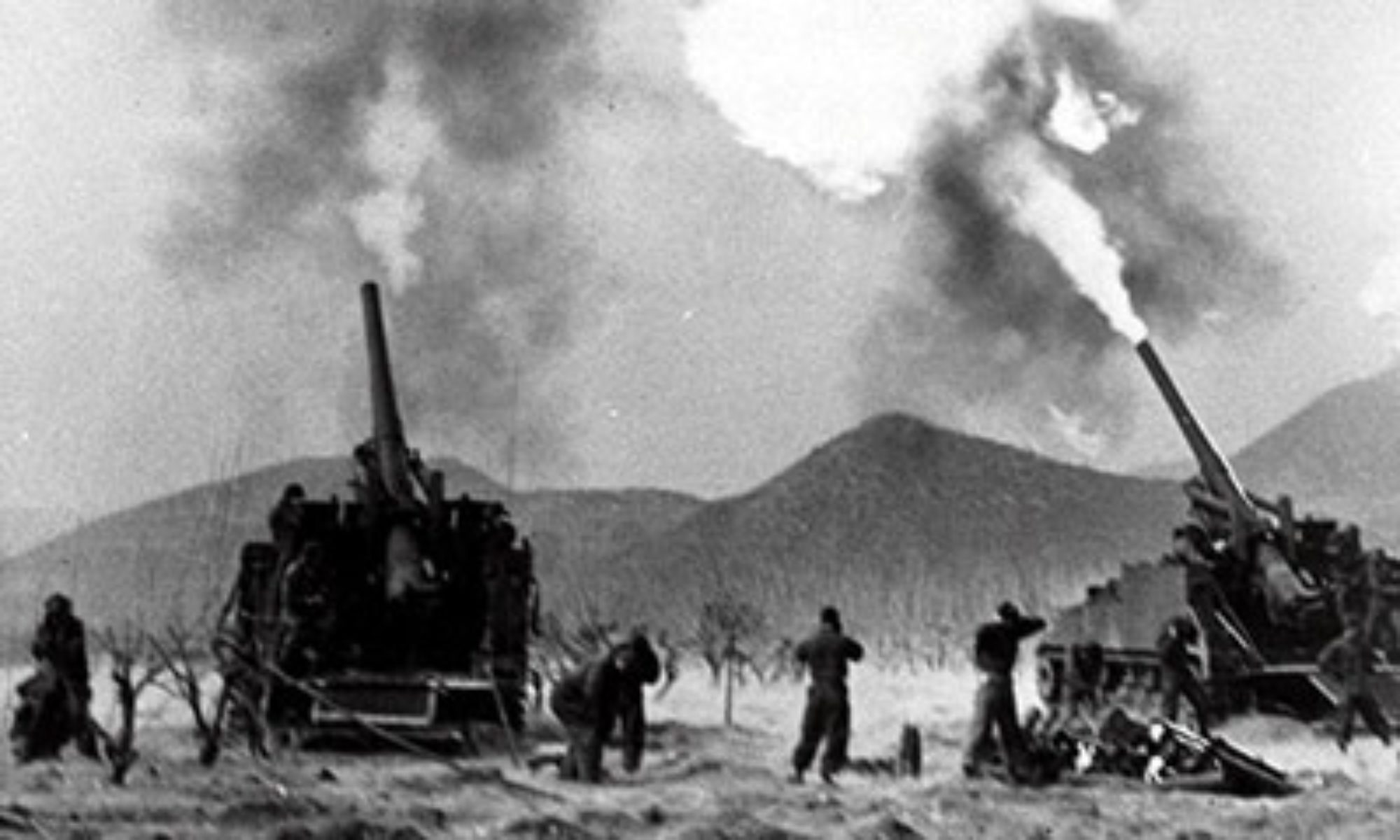In February 1947, the Paris Peace Treaties ended the state of war between the Allied powers and the minor Axis states of Italy, Romania, Hungary, and Bulgaria, as well as Finland (which was German-allied but officially not an Axis member). With Italy particularly, the Allied “Treaty of Peace with Italy” ended Italian colonial holdings, effectively dissolving the Italian Empire, which lost its East African territories of Eritrea, Ethiopia, and Italian Somaliland; and Libya in northern Africa. As well, Italy relinquished its territorial claims in France, Yugoslavia, and Greece, and its borders were readjusted with France and Yugoslavia. Italy also ceded the Dodecanese Islands to Greece and Saseno Island to Albania, and ceased its nineteenth-century claims to favorable commercial status in China, ending its Tientsin concession to the Chinese Nationalist government. As well, Italy paid war reparations to Albania, Ethiopia, Greece, Yugoslavia, and the Soviet Union. The peace treaty also greatly reduced the size of the Italian military and outlawed fascist political parties and organizations.
(Taken from Italian Campaign – Wars of the 20th Century – World War II in Europe – Vol. 6)
Post-War Italy Italy’s defeat had profound consequences for the country in the post-war period. Some 600,000 Italians soldiers and civilians had lost their lives in the war, the economy was in ruins, and the country’s political future was bleak and uncertain. An immediate effect of the war was the fall of the monarchy, as King Victor Emmanuel III was widely seen by the general population as being closely associated with the now vilified fascist regime of Mussolini. In 1944, as the Allies advanced steadily northward toward Rome, the Italian king had relinquished his powers to his son, Crown Prince Umberto, though he continued be the titular monarch of Italy. And by 1946, with the Italian public exerting greater pressure on the post-fascist political fate of the nation, in May of that year, King Victor Emmanuel III abdicated the throne in favor of Umberto II who succeeded as the new Italian king. But in a national referendum held just one month later, June 1946, Italians voted to end the monarchy and adopt a republican form of government. In June 1948, the Italian Republic proclaimed a new constitution, and the Italian monarchy was forced to leave for exile abroad.
In February 1947, the Paris Peace Treaties ended the state of war between the Allied powers and the minor Axis states of Italy, Romania, Hungary, and Bulgaria, as well as Finland (which was German-allied but officially not an Axis member). With Italy particularly, the Allied “Treaty of Peace with Italy” ended Italian colonial holdings, effectively dissolving the Italian Empire, which lost its East African territories of Eritrea, Ethiopia, and Italian Somaliland; and Libya in northern Africa. As well, Italy relinquished its territorial claims in France, Yugoslavia, and Greece, and its borders were readjusted with France and Yugoslavia. Italy also ceded the Dodecanese Islands to Greece and Saseno Island to Albania, and ceased its nineteenth-century claims to favorable commercial status in China, ending its Tientsin concession to the Chinese Nationalist government. As well, Italy paid war reparations to Albania, Ethiopia, Greece, Yugoslavia, and the Soviet Union. The peace treaty also greatly reduced the size of the Italian military and outlawed fascist political parties and organizations.
The war brought great destruction to the Italian economy. The Marshall Plan, the U.S. financial aid for the reconstruction of Europe, was extended to Italy, which received over U.S. $1 billion in 1947-1951. By then, the Cold War was expanding rapidly, and a strong motivation for the United States to assist Italy was to bring the latter firmly into the fold of the Western democracies. A crucial point was reached in the 1948 Italian general elections, where the pro-west Christian Democratic Party won a resounding victory over the communist-led coalition of the Popular Democratic Front. In these elections, U.S. Central Intelligence Agency (CIA) and the Soviet diplomatic mission in Rome gave large financial and material support to Italian politicians who shared their respective ideologies. In the elections’ aftermath, Italy swung firmly to the side of the free world, and remained so throughout the Cold War.
